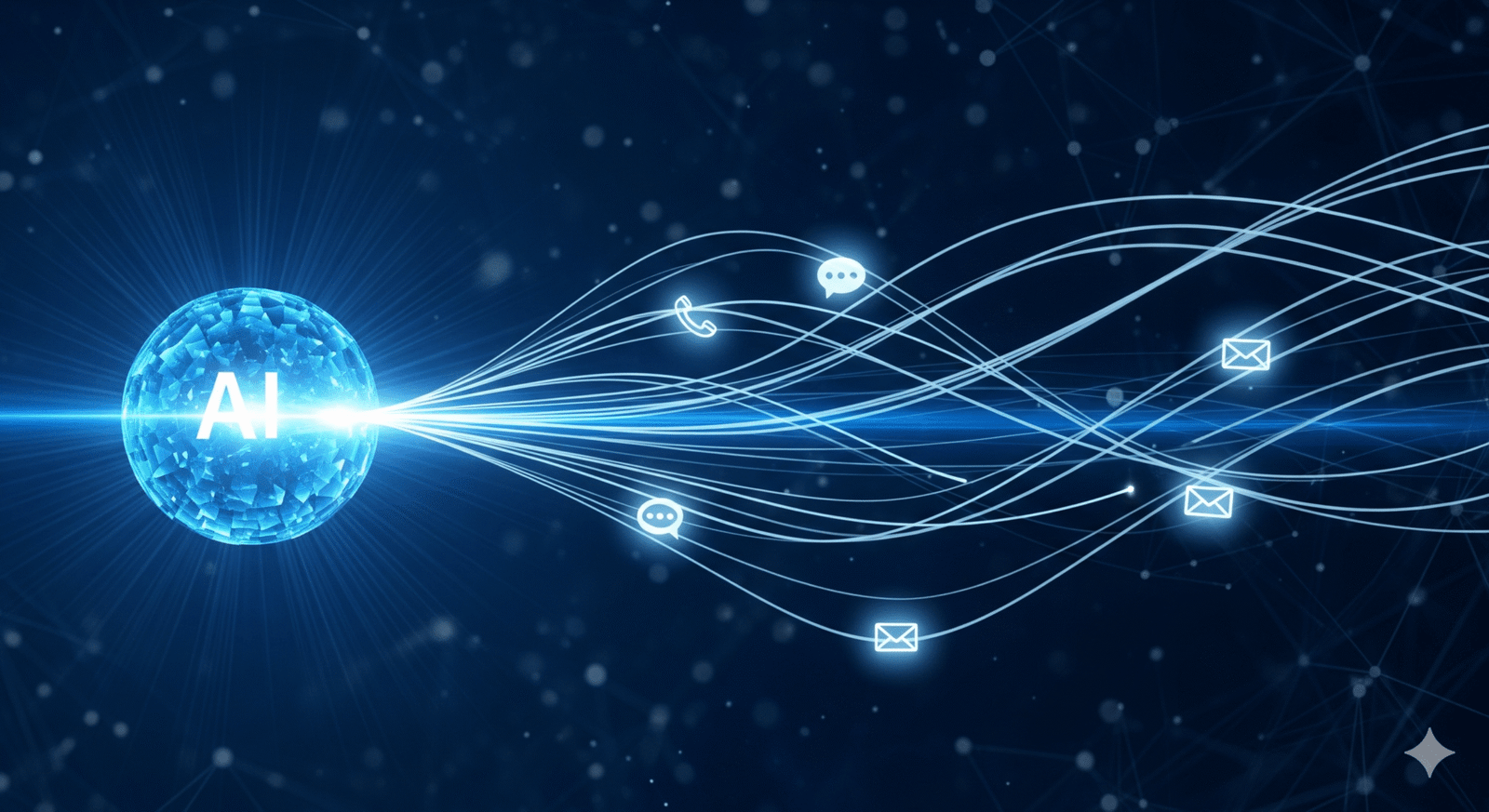Leonardo AI: Igniting Creative Visions with Unprecedented AI Art Tools
In the rapidly expanding universe of digital creation, the ability to generate high-quality, consistent visual assets at speed is no longer just an advantage—it’s a necessity. From indie game developers to large marketing agencies, the demand for breathtaking imagery and video is constant. This is the precise frontier where Leonardo AI, a leading platform co-founded by JJ Fiasson, Ethan Smith, and Jachin Bhasme, is making a monumental impact. Born from a vision to empower creators with AI-first art tools, Leonardo AI is redefining how production-quality visual assets are brought to life, offering unparalleled quality, speed, and crucial style-consistency.
The Founders’ Canvas: Crafting an AI-First Creative Revolution
The journey of Leonardo AI began with a profound understanding of the bottlenecks in traditional content creation and the burgeoning potential of generative AI. JJ Fiasson, Ethan Smith, and Jachin Bhasme recognized that while AI could generate images, the true challenge lay in giving creators control over the output, ensuring not just beautiful images, but images that align perfectly with a specific creative vision and maintain a consistent style across projects.
Their “aha!” moment coalesced around the idea of building an ecosystem of AI-first art tools that would bridge the gap between abstract concepts and tangible, production-ready visuals. They aimed to move beyond simple text-to-image generation, providing a suite of functionalities that empower granular control over aesthetics, composition, and most importantly, style consistency. This commitment to marrying cutting-edge AI with unparalleled creator control became the cornerstone of Leonardo AI’s mission.
The co-founders faced the intricate challenge of developing AI models that could produce not just good images, but breathtaking images with style-consistency. This involved overcoming technical hurdles related to model fine-tuning, prompt adherence, inference speed, and handling complex multi-image prompting. Their strategic development, including the creation of Australia’s first foundational model, Phoenix, underscored their commitment to pushing the boundaries of generative AI.
Leonardo AI’s Toolkit: Precision, Speed, and Creative Control
What sets Leonardo AI apart in the competitive landscape of AI art generators is its comprehensive suite of tools designed for serious creators:
- Production-Quality Visuals: Leonardo AI focuses on generating assets suitable for professional use, whether for advertising, marketing, design, film, or e-commerce. Their models, like PhotoReal V2, are specifically engineered for hyper-realistic outputs and lifelike portraits.
- Unprecedented Speed: With features like “Flow State,” Leonardo AI boasts the ability to generate a myriad of creative options from a single prompt in sub-5-second timeframes. This rapid iteration capability allows creators to explore diverse ideas quickly.
- Crucial Style-Consistency: This is a major differentiator. Leonardo AI offers advanced methods to ensure consistent character and style across multiple generations. This includes:
- Image Guidance & Character Reference: Users can upload a reference image and adjust its strength to maintain a consistent likeness for characters, even when changing poses, clothing, or environments.
- Custom Element (LoRA) Training: For ultimate consistency, users can train their own models by providing a dataset of images of a character or style. This allows the AI to learn and replicate unique features or aesthetics.
- Seed Numbers: Leveraging the same seed number helps maintain a base look, which can then be further refined.
- Comprehensive Editing Tools: Beyond generation, the AI Canvas offers robust editing functions, allowing users to modify details, erase distractions, adjust dimensions, and expand images beyond their original borders. The Universal Upscaler enhances resolution and adds detail to generated or existing images.
- Specialized Models and Fine-tuning: Leonardo AI provides a catalog of pre-trained AI models optimized for different art styles (e.g., photorealistic, cinematic, RPG characters) and offers the ability for premium users to refine their own models with small image datasets.
- Video Generation (Motion): Extending beyond static images, Leonardo AI also offers tools to bring photos to life with short animations, enhancing dynamic content creation.
The founders’ philosophy is clear: AI should augment human creativity, not replace it. By providing granular control at every step of the content generation process, Leonardo AI ensures that the creator’s vision remains paramount.
The Strategic Advantage: Empowering the Creative Economy
Leonardo AI’s rapid ascent, marked by significant user growth (over 29 million registered users and a billion artworks created) and acquisition by Canva, speaks volumes about its strategic prowess. Key lessons for founders include:
- Solve a Complex Problem with Granular Control: In creative fields, generic outputs aren’t enough. Providing tools for precise control (like custom model training and style consistency) addresses a deep professional need.
- Focus on Production-Ready Output: Aiming for “production-quality visual assets” attracts serious professionals and businesses, establishing a stronger market position than tools focused solely on novelty.
- Prioritize Speed and Iteration: Creative workflows thrive on rapid ideation and refinement. Tools that significantly reduce generation time become indispensable.
- Build a Thriving Community: Leonardo AI fosters a strong community, recognizing that collaboration and shared inspiration are vital for creators.
- Strategic Partnerships and Scalability: Leveraging cloud infrastructure (like Google Cloud) and robust billing solutions (like Stripe) enabled rapid scaling and a frictionless user experience, crucial for handling massive user bases and computational demands.
The Future of Visual Storytelling
Leonardo AI is not merely participating in the AI art revolution; it’s leading it. With its commitment to continuous improvement, advanced model development (like Flux Dev base model and Phoenix), and user-centric features, the platform is set to further shape the future of visual storytelling. Future innovations may include even more sophisticated control mechanisms, deeper integrations with professional design workflows, and broader applications across various creative industries.
JJ Fiasson, Ethan Smith, and Jachin Bhasme have built a platform that truly empowers. Leonardo AI stands as a testament to how combining visionary leadership with cutting-edge technology can unlock unprecedented creative potential, transforming the way artists, designers, and businesses bring their most ambitious ideas to vivid reality.
Are you a startup founder or innovator with a story to tell? We want to hear from you! Submit Your Startup to be featured on Taalk.com.







